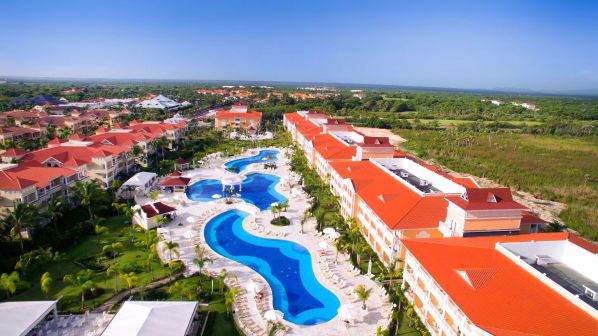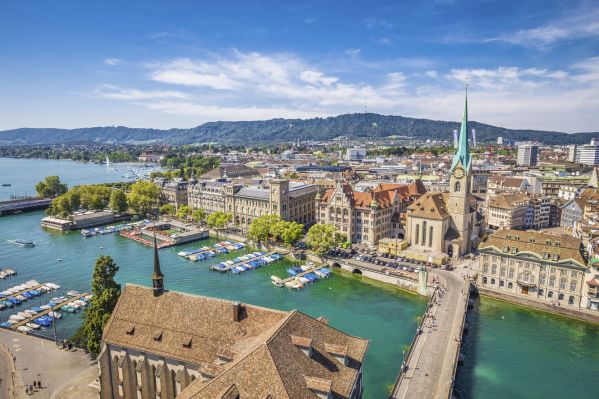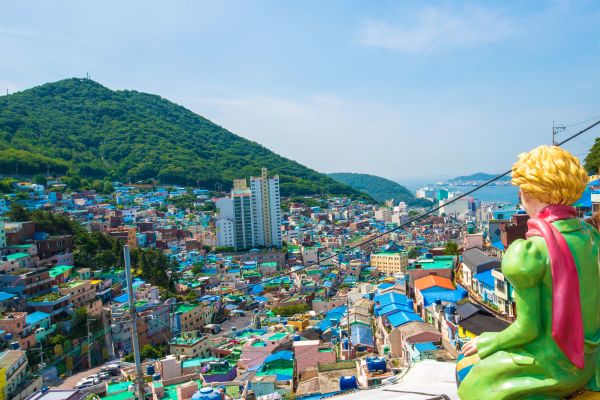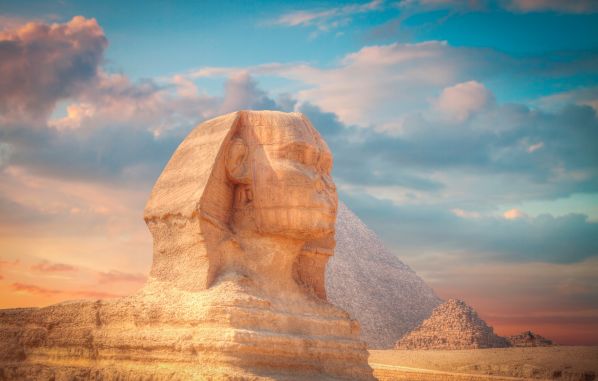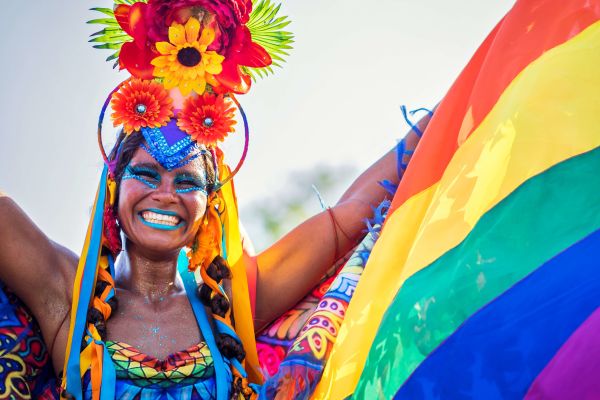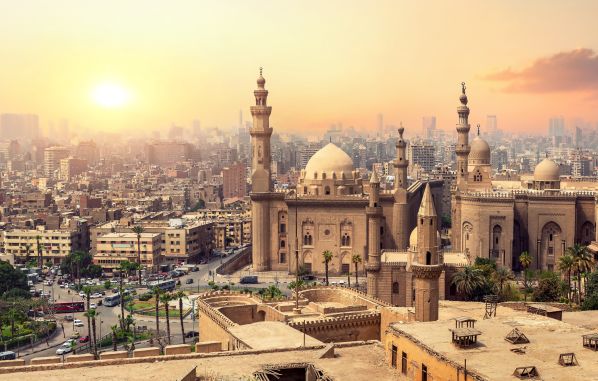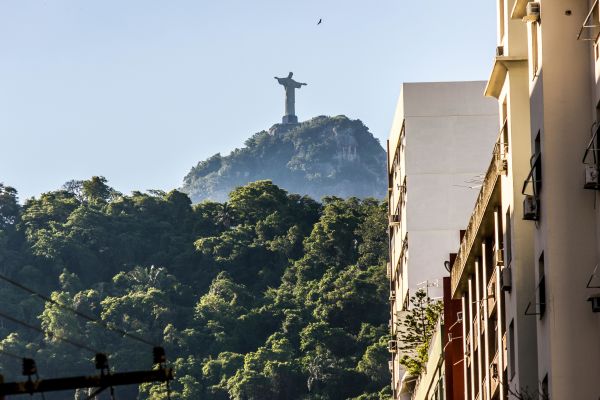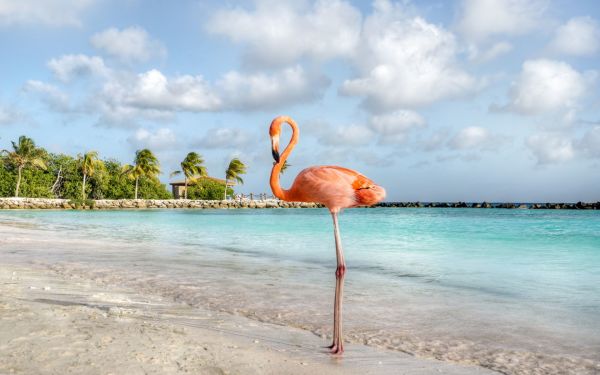St. Patrick’s Day: 3 things you should know about the holiday

Every March 17th, the world turns green. The reasons are the desire for good fortune, the attraction of luck, and the commemoration of St. Patrick's Day , a holiday with Irish roots that has become a global phenomenon, mobilizing tourists from every continent.
While it's true that various countries with ties to Ireland celebrate St. Patrick's Day like the Emerald Isle, the epicenter of this grand day is, precisely, Ireland itself. Cities like Dublin , Galway , and Cork light up with dazzling parades, street concerts, and cultural events throughout the week of March 17th.
Next, in honor of the lucky number, we detail three things you should know about St. Patrick's Day , because the number 3 has a religious meaning and is related to the three-leaf clover, a plant associated with good fortune.
Who was Saint Patrick?
Saint Patrick , whose real name was Maewyn Succat , was a Christian missionary and the patron saint of Ireland, born in Britain in the 4th or 5th century. His story is marked by a crucial episode: at the age of 16, he was kidnapped by Irish pirates and taken to the island . He spent several years as a slave before managing to escape and return home.

After his release, Succat converted to Christianity and felt a strong calling to become a priest . He later returned to Ireland as a missionary with the mission of converting the pagan population to Christianity. His missionary work was remarkable, with numerous miracles attributed to him and the successful evangelization of much of the island .
The date of Saint Patrick's death, March 17, is celebrated as Saint Patrick's Day in commemoration of his life and work. What began as a religious holiday has transformed over time into an Irish cultural celebration that has transcended borders .
Where and how is St. Patrick's Day celebrated
St. Patrick's Day is characterized by the use of the color green in honor of Ireland's emerald landscape . The celebrations include parades, traditional Irish music, and the consumption of typical foods and drinks , such as the famous corned beef and cabbage. This holiday, which blends religious and cultural elements, has become a joyful and festive occasion that unites people from diverse backgrounds in a shared celebration.

People join in the festive spirit, wearing green and participating in activities that reflect Irish culture. Streets and businesses are decorated with flags, shamrocks, and other symbols associated with Ireland .
The pubs and bars are filled with merriment, live music, and, of course, beer, especially the famous Irish stout, Guinness . Food plays an important role during the celebrations, Irish music, with its characteristic fiddles and flutes, resonates throughout the town, while traditional dances, such as the Irish step, add a touch of cultural authenticity.
In other countries, especially those with significant Irish communities such as the United States, Canada, the United Kingdom, Australia, and New Zealand , the celebrations are equally enthusiastic. Parades, festivals, and cultural events fill the calendars for St. Patrick's Day, which has also gained popularity in Latin America, particularly in Argentina and Mexico .
You might also be interested in: Ultra Music Festival 2024: Discover Miami to the rhythm of electronic music
Why is green so important?
The color green is a central and distinctive element in the celebration of St. Patrick's Day, giving the holiday a unique and symbolic visual identity . The choice of green as the emblematic color of this celebration has deep historical and cultural roots, and its significance goes beyond simply being an aesthetic preference.

In the context of St. Patrick's Day, green is directly associated with Irish heritage. Ireland , known as the Emerald Isle due to its lush green landscape, has adopted this color as a representation of its identity and natural beauty . It is also considered a symbol of spring, renewal, and good luck .
Saint Patrick, the patron saint of Ireland, is often linked with the legend of having used the green shamrock to explain the Holy Trinity during his teachings , which adds a religious nuance to the choice of the color green in this holiday.

Furthermore, the color green has become a marketing tool for many companies and businesses that capitalize on the holiday . From beer to clothing and accessories, consumers associate the color green with St. Patrick's Day, making it an opportunity to express joy and participate in the celebration in a visually consistent way.
You might also be interested in: 5 interesting facts about India's colorful Holi festival

